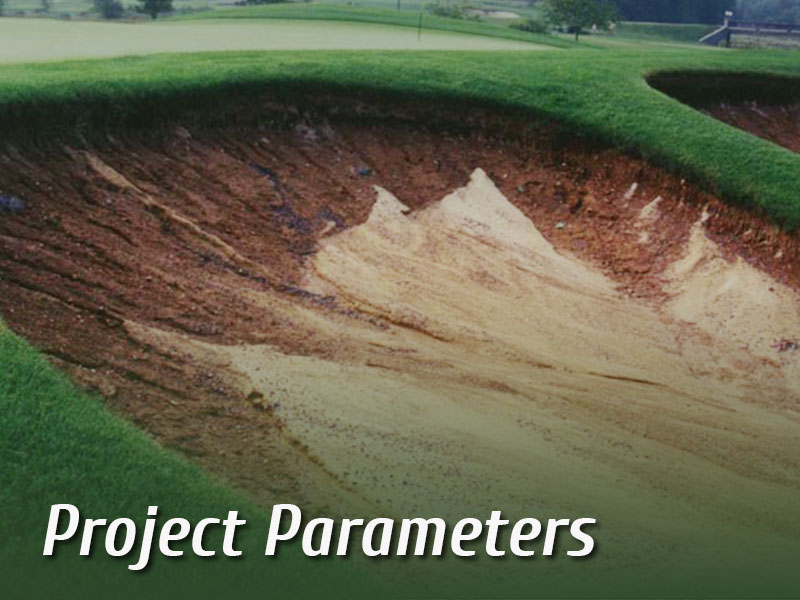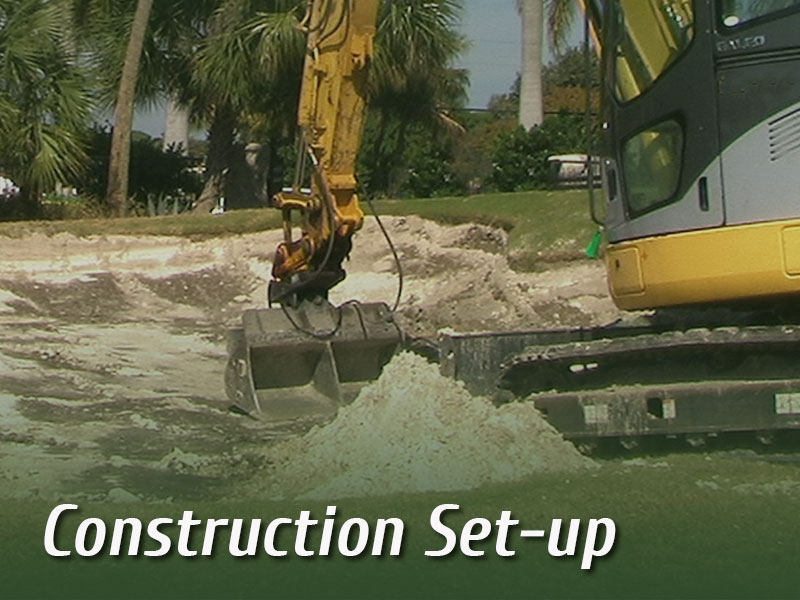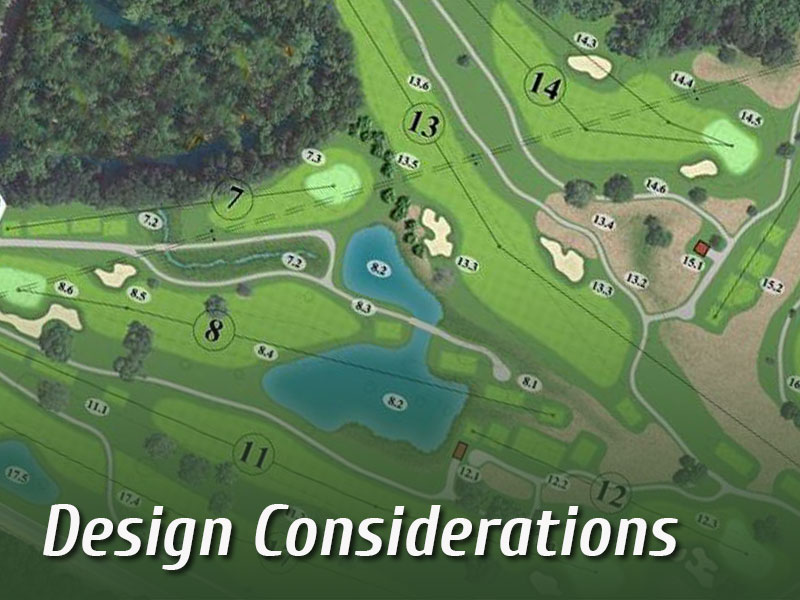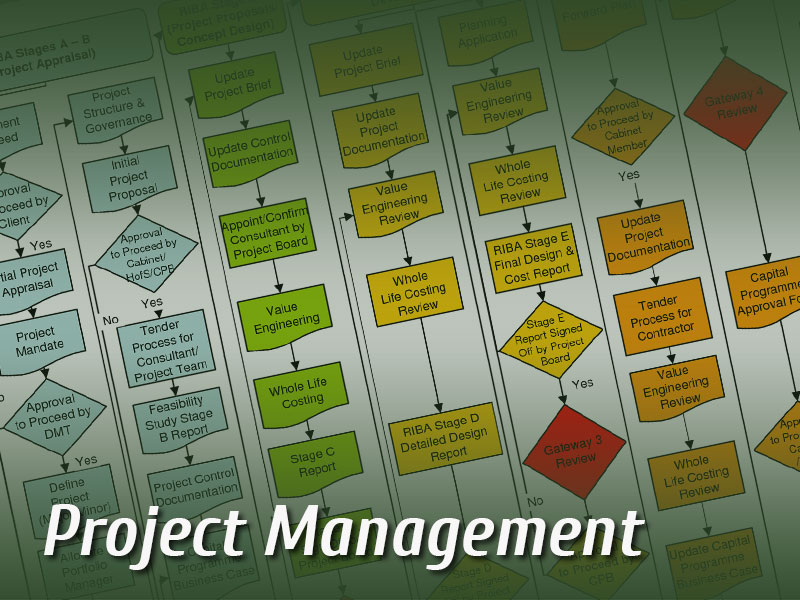

The Bunker Toolbox is designed to be a planning aid and a basic roadmap for considering many aspects of bunker renovation. For those that have bunker challenges and are considering a bunker project, advanced planning and preparation is a must. This is where the toolbox can be most advantageous – by providing some basic structure to the planning process, helping you get the most out of your investment. The Bunker Toolbox should provoke discussion amongst your internal team so that options can be reviewed and decisions can be made.
The contents of this Bunker Toolbox have been assembled through many contributions by architects, builders, professional organizations and industry suppliers. We thank them for their thoughts, advice, and counsel. Although this document contains very good and helpful ideas, it does not cover every aspect or circumstance that one can face.
The Bunker Toolbox is organized as a “Planning Guide” with references to various documents located or linked in the Appendices. The Planning Guide contains most of the conceptual information. The Appendices have instructions and links to specific components of the Bunker Toolbox.
It is important to state that every golf course is a unique product, with its own set of circumstances. Each bunker project will have its own solutions and considerations. A golf course should always seek the advice of trusted professionals, architects, and builders before proceeding with a project.
Download the Bunker Toolbox Planning Guide PDF
Prior to any shovel being placed into the ground, it is critical for facilities and personnel to get a full and complete picture of their course’s bunkers. Beyond just a basic understanding, a detailed review needs to be made to identify problem areas and determine what needs to be improved. Assembling perspectives from a wide point of view will produce the best assessment and will result in the best possible project result.
Defining What Needs to be Addressed
Remodel, Renovate or Restore
Assessing the Importance & Feasibility of the Project
Quick Look – The Structure of the Project
Initial Management Presentation
Go to Project Parameters
Now that you have your ideas and objectives organized, the real core of project planning begins. You’ll need to be considering: what’s the best fit for your facility’s culture; what budget you think may be available; and what suppliers you’ll be considering. Always keep in mind that projects contain may trade-offs. Your ability to understand what these trade-offs mean and what impact they have to your project will help you put a realistic plan and budget in place.
Advantages of Professional Guidance
Industry Trends & Perspectives
Implementation Methods
Understanding Risk
Selecting Vendors
Creating ‘Request For Proposals’ (RFPs)
The Bidding Process
Go to Construction Set-up
When your bunker project involves a remodeling or restoration approach, you’ll be considering many issues related to design. Whether you’ve got an older course or you’re considering upgrading course performance and aesthetics, one must understand that there are many approaches to design. Not all approaches will fit your course or your club’s culture.
This section is intended to provide a basic understanding for the design process and what results from it. Before engaging professional architectural services, it’s recommended that you create an internal planning and design team that can begin considering the aesthetic aspects of your course.
It’s worth mentioning at this point that golf course design can be a volatile topic within your organization and your membership/golfer base. You’ll need to acknowledge many points of view and carefully consider your options.
Architects & The Master Plan
Design & Functional Requirements
Consultation & Design Changes
Construction Documents, Specs & Bid Sheets
Go to Design Considerations
As the approval for the project is progressing or being finalized, you’ll want to spend some time organizing and preparing your management plans. This section highlights several factors important to keeping your project on time and on budget. It also addresses key communications ideas that will improve the impact to your club and minimize problems.
Project Start-Up Issues
In-Process Issues
Materials Acquisition
Go to Project Management
Located on the Appendix A download page here, are a group of documents designed to help you plan and organize your project. Each Checklist is provided in Portable Document Format (PDF-requires Acrobat Reader), and two versions of Microsoft Word (98-2002 and 2007).
The checklists are designed to be “ready to use” so most users will simply print the checklists directly from the PDF. If you’d like to modify the checklist, than the Word document will allow for modification.
The Appendix includes Checklists for Course Assessment & Inventory, Architect & Builder Selection Process, Master Planning, Construction Management, In-House Project Task Review, Project Communications
Located on the Appendix B downloads page here, are a group of documents designed to help you execute your project in the form of various tables, templates, and worksheets. Each of the following sections are organized as separate folders within the Appendix B folder. Each document is provided in Portable Document Format (PDF-requires Acrobat Reader), and two versions of Microsoft Word (98-2002 and 2007).
The Appendix includes Checklists for Project Organization, Course Assessment & Inventory, RFP’s, Bidding & Cost Estimating, Project Management
Located on the Appendix C page here, The Bunker Toolbox was primarily designed for the golf course maintenance professional. Although others within course management may use this as a guide or tool, the maintenance professional is in the best position to formulate and execute many aspects of bunker project planning. However, presentations may be an area that is unfamiliar or uncomfortable, so we’ve created this Appendix and Appendix D to take some of the uncertainty out of the process.
The Appendix includes Tips for:
Part 1 – Initial Management Presentation Tips: Project Focus, Historic Impact, Preliminary Cost Estimating, Initial Planning Approval
Part 2 – Full Project Presentation Tips:
Introduction & Acknowledgements, Project Solutions & Benefits, Recommended Project Structure, Important Strategic, Mechanical, and Aesthetic Improvements,
Project Scope, Pre-Screened Project Vendors, Anticipated Project Schedule, Costing & Financials, Project Management
Located on the Appendix D page here are presentation templates set up in PowerPoint. As we’ve done with other support documents, they’ve been provided in two versions – PowerPoint 98-2002 and PowerPoint 2007. There are some very solid improvements to the 2007 version, so if you’ve got the chance, acquire that version and use those templates.
The templates were constructed with a simple, appealing color scheme. The font or typeface used in these template is an effective, impactful font that is provided in the Presentation Templates folder. You can move them to your desktop and install them as you normally would. You’ll notice “placeholder” images in these templates. Replace images with your own that would support the relevant topic being discussed.
Located on the Appendix E page here are Standardized Contruction Documents from the American Institute of Architects. You’ll want to review the AIA Document Summary for the descriptions of the various contract types. When you’re ready to search deeper into a particular contract, you’ll be able to access state-level AIA organizations (in the AIA Distributor List document) and pay to download the contracts for a nominal fee.
AIA Document Summary and
AIA Full Service Distributor List
Located on the Appendix F downloads page here are documents, templates and samples are simple tools you’ll find effective when managing communications. They can be used as is or modified to suit your needs. The documents have been created in the several different formats, including PDF and Word versions. Some of the documents/samples have been created using professional design/layout programs. Files such as Adobe Illustrator (.ai) will require that program to open and use/modify the content. Some of these files will have PDF alternates where you’ll be able to print from and make changes or add content by hand.
Documents include: Communications Management, Signage & Flyer Samples, Communication Templates, Bunker Performance & Maintenance Survey
Sandtrapper offers straight forward installation methods and delivery options that accomodate "do-it-yourself" facilities. When installing Sandtrapper, a few simple guidelines can be followed ... (more)
Do you have some basic questions about your bunker projects? Check our Frequently Asked Questions Page to find some answers.
©2016 IVI-GOLF. SANDTRAPPER IS A REGESTERED TRADEMARK OF INDIAN VALLEY INDUSTRIES, INC.. All Rights Reserved.



